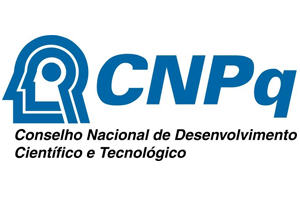Noor Muhammad khadum
Al-Qadisiyah University, College of Medicine, Department of Medical Microbiology, Al-Diwaniya, Iraq
Wisam Saleh Abood
Al-Qadisiyah University, College of Medicine, Department of Medical Microbiology, Al-Diwaniya, Iraq
ABSTRACT
Background: Human adenovirus (HAdV) infections are a major cause of respiratory illnesses in children, contributing to significant morbidity and mortality worldwide. These infections primarily affect mucosal surfaces, including the respiratory tract, and can range from mild upper respiratory symptoms to severe lower respiratory tract infections, particularly in young children. Severe adenoviral infections may lead to multisystem complications, making early detection and intervention crucial. However, current diagnostic methods pose challenges for early clinical differentiation. Identifying risk factors associated with severe adenoviral chest infections is essential for improving early diagnosis and guiding appropriate treatment strategies. Objective: This study aimed to evaluate the clinical characteristics and risk factors associated with severe adenovirus-related chest infections in hospitalized children under five years old in Wasit Governorate, Iraq. Methods: A case-control study was conducted from December 2023 to February 2024, involving 100 pediatric patients diagnosed with chest infections and admitted to Al-Zahraa Teaching Hospital, Al-Karama Teaching Hospital, and Al-Kut Hospital for Maternity and Children. A control group of 50 apparently healthy children was also included. Clinical characteristics, laboratory findings, and potential risk factors—including family history of atopy, family smoking, infection type, chronic disease, and premature birth—were assessed using statistical analysis. Results: Among the 100 hospitalized children with chest infections, 49 (26 males [53.1%] and 23 females [46.9%]) tested positive for adenovirus. The patients' ages ranged from 1 to 5 years. Statistical analysis identified significant risk factors associated with severe adenoviral infections, including family history of atopy (p = 0.001), type of infection (p = 0.001), chronic disease (p = 0.001), family smoking (p = 0.003), and premature birth (p = 0.021). The frequency distribution of these factors significantly differed between the adenovirus-infected patients and the healthy control group. Conclusion: This study highlights several clinical and social risk factors contributing to the severity of adenovirus-associated chest infections in hospitalized children. The findings emphasize the need for early detection, targeted preventive measures, and improved clinical management strategies to reduce the burden of adenoviral respiratory infections in pediatric patients. Timely identification of high-risk children and consideration of current adenovirus preventive treatments are essential for improving patient outcomes.
Keywords: Adenovirus Children Risk Factor, Severity.




